Call of the Wild the Angler All Fish Species List
To catch each of the twelve species of fish in Call of the Wild: The Angler, you need to use different lures and tactics. In this guide you will learn which ones.
1
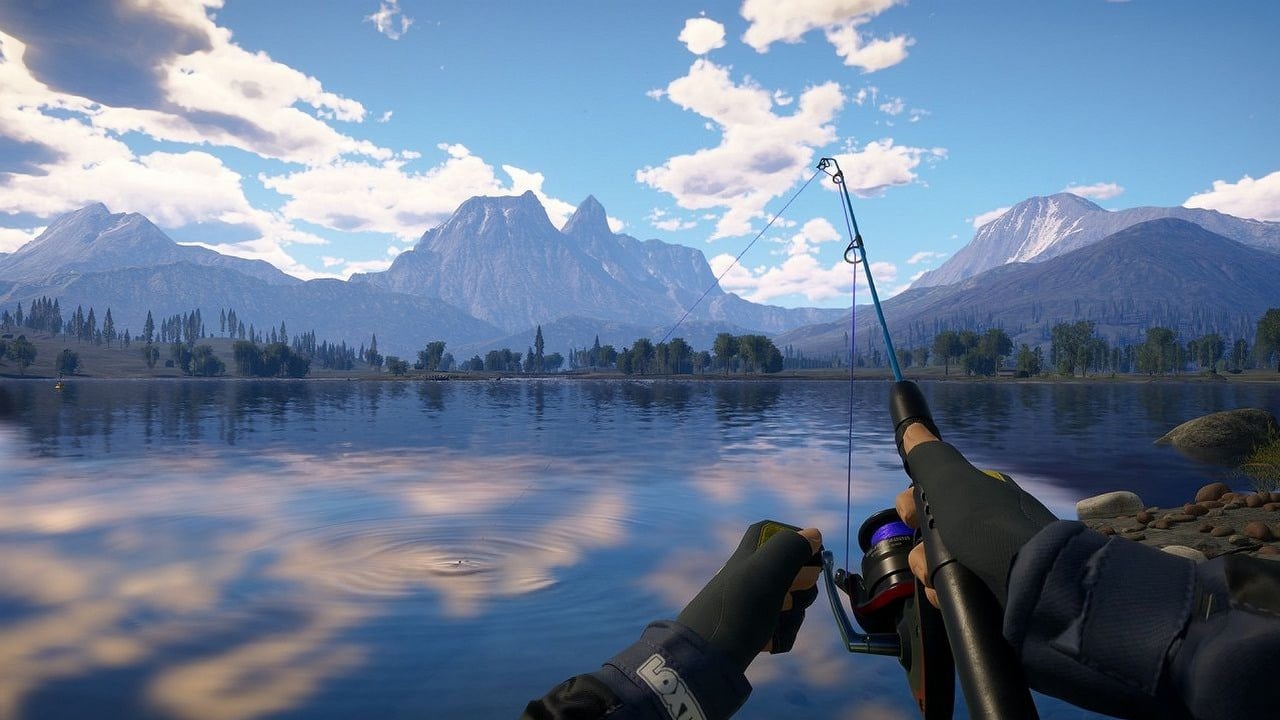
Source: Steam | Call of the Wild: The Angler
Call of the Wild: The Angler struggles with persistent technical problems, but this does not prevent the game from enjoying considerable popularity among players who want to take on the role of a virtual angler. In this guide we describe all twelve species of fish found in the game.
Bluegill
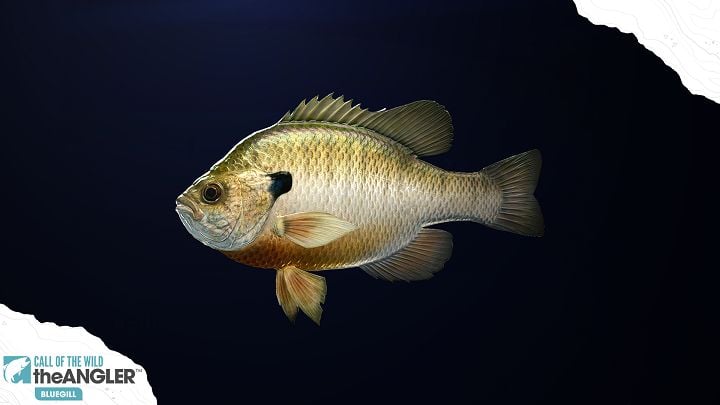
Bluegill live mainly in rivers, lakes and ponds. This species feeds primarily on insects and smaller fish. In the absence of food, the bluegill also feeds on aquatic vegetation and algae, and even its own eggs or offspring.
- Habitats: shallow pond, lake shore, shallow lake
- Baits: bread, dough, barley
- Features: lurking near the bottom, jumps
Channel Catfish
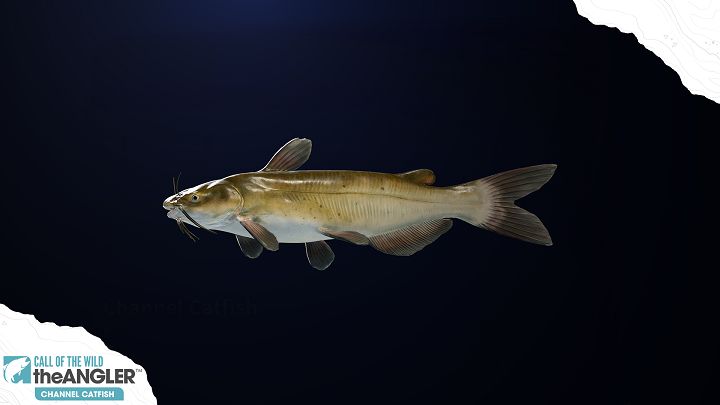
Channel Catfish is the most abundant catfish species in North America. It has a highly acute sense of smell, which enables it to find food relatively easily in dark or muddy water. These fish are omnivorous.
- Habitats: shallow pond, deep pond, lake shore.
- Baits: bread, dough, barley
- Features: lurking near the bottom, heightened senses, night owl
Golden Trout
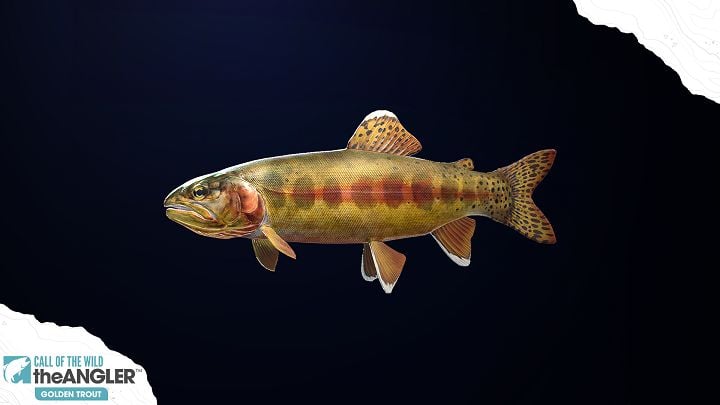
Golden Trout is a species of trout native to California. In their native habitat, adults typically reach length ranging from 15 to 30 centimeters.
- Habitats: shallow pond, deep pond, lake shore
- Lures: marshmallows, cheese, eggs
- Features: easily frightened, jumps, fights to the end
Kokanee Salmon
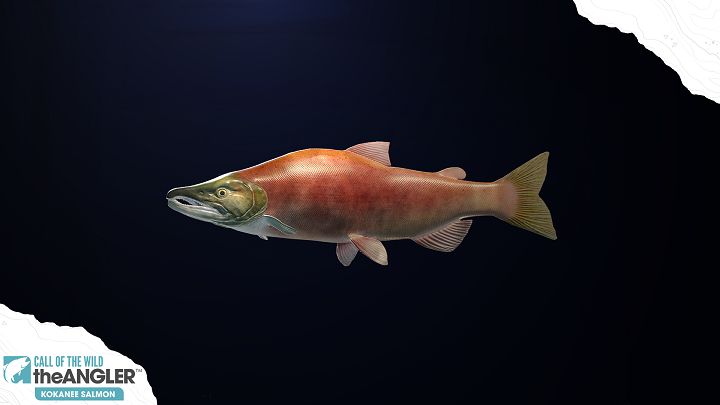
Kokanee salmon are very sensitive to water temperature and cannot survive in suboptimal conditions. Attempts to catch this species usually involve irritating the fish enough to make it hit the bait out of anger, rather than attacking it as a predator.
- Habitats: lake shore, shallow lake, deep lake
- Lures: wobbler
- Features: aggressive, tough competitor, jumps
Lake Trout

Lake Trout is a freshwater species that lives mainly in lakes in the northern part of North America. It is valued both as a game fish and a food fish. The average length of this individual is about 60-90 centimeters, and the weight is 7-18 kilograms.
- Habitats: deep pond, shallow lake, deep lake
- Baits: liver, eggs, red worms
- Features: bottom hunter, tough competitor
Largemouth Bass
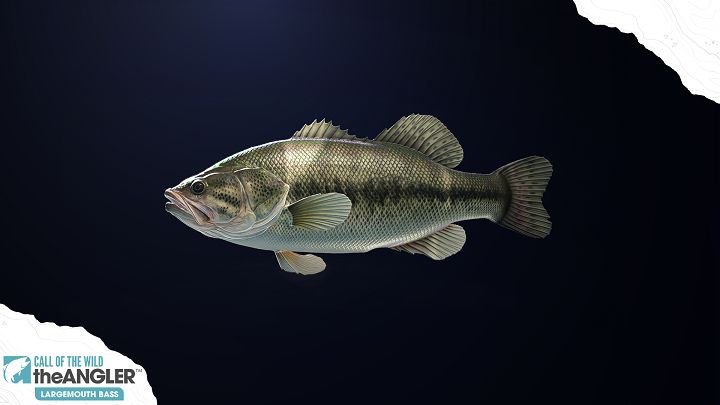
Largemouth Bass is a freshwater game fish native to the eastern and central United States, southeastern Canada and northern Mexico and is highly sought after by anglers. Young Largemouth Bass mainly consume small bait fish, small shrimp and insects. Adults consume smaller fish, worms, snails, crayfish and frogs.
- Habitats: lake shore, shallow lake, deep lake
- Baits: red worms, leeches, small fish
- Features: aggressive, jumps
Mountain Whitefish
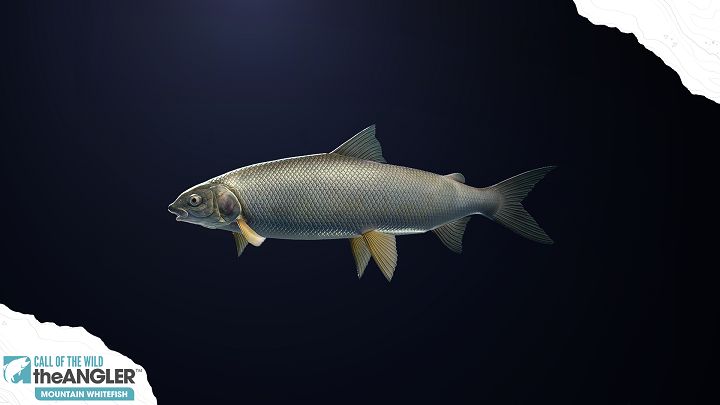
Mountain Whitefish is a widespread salmonid fish of western North America that inhabits mountain streams and lakes, preferring clear, cold water and large, deep bodies of water at least three feet deep. Mountain Whitefish are bottom-feeders, stirring the substrate with their pectoral and caudal fins to expose insect larvae and other invertebrates, including snails and crayfish. Their main feeding time is in the evening, but they will also attack drifting prey during the day.
- Habitats: shallow pond, deep pond, lake shore.
- Baits: bread, barley, eggs
- Features: bottom hunter, tough fighter, night owl
Northern Pike
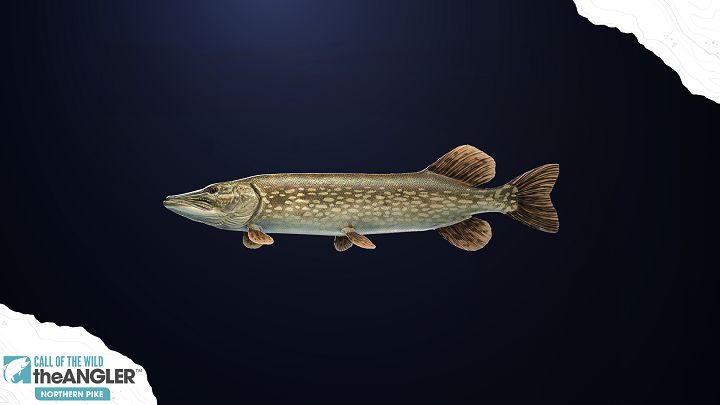
The Northern Pike is a species of predatory fish and is generally known for, among other things, its powerful tail thrusts and leaping above the surface of the water. The Northern Pike can grow to a relatively large size: the average length is 40-55 centimeters, with a maximum recorded length of up to 175 centimeters and a weight of 29 kilograms.
- Habitats: deep pond, lake shore, shallow lake
- Preferred baits: red worms, leeches, small fish
- Features: aggressive, jumps, last chance
Rainbow Trout
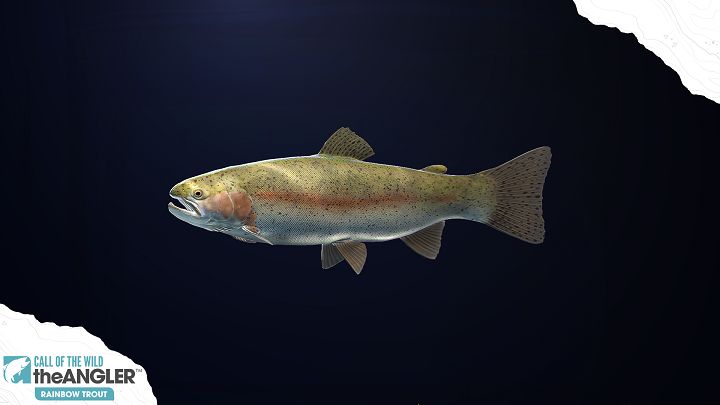
Rainbow Trout is a highly prized game fish native to cold-water tributaries of the Pacific Ocean in Asia and North America. It is considered by many to be the toughest species of trout. The coloration of its scales varies greatly depending on subspecies, forms and habitats. Adult fish are distinguished by a broad reddish stripe along the lateral line from gills to tail, which is most pronounced in breeding males.
- Habitats: deep pond, lake shore, upper reaches of rivers
- Baits: bread, barley, dough
- Features: easily frightened, jumps, endures to the end
Sauger
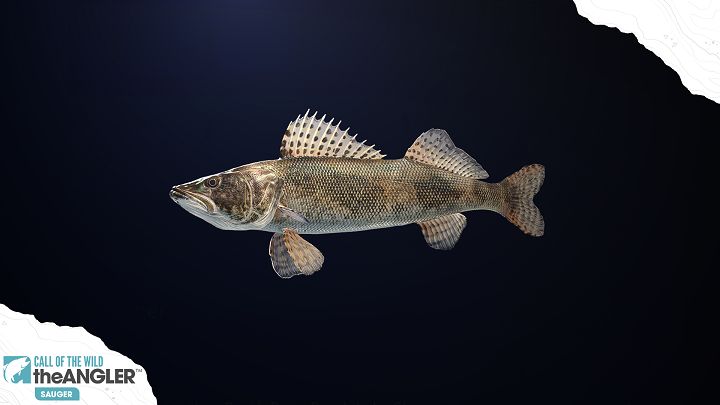
Sauger is a freshwater fish and reaches a weight of about 300-400 grams. This fish prefers warmer summer water temperatures around 20-28 degrees Celsius. Sauger feeds on a variety of invertebrates and small fish. Although they are more often found in large rivers with deep pools, they are also found in a variety of habitats due to their migratory tendencies.
- Habitats: shallow pond, deep pond, lake shore.
- Baits: red worms, leeches, small fish
- Traits: aggressive, tough fighter, night owl
Smallmouth Bass
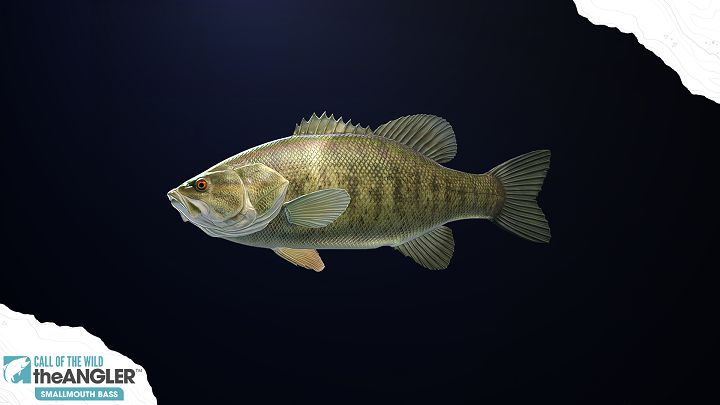
Smallmouth Bass is a species of freshwater fish that is sought after by anglers throughout the temperate zone of North America. Its diet consists mainly of tadpoles, small fish, aquatic insects and crayfish. Smallmouth Bass is often caught by anglers using conventional spinning and bait and fly fishing methods.
- Habitats: lake shores, shallow lakes, upper reaches of rivers
- Lures: eggs, red worms, leeches
- Features: aggressive, tough fighter, jumps, last chance
Yellow Perch
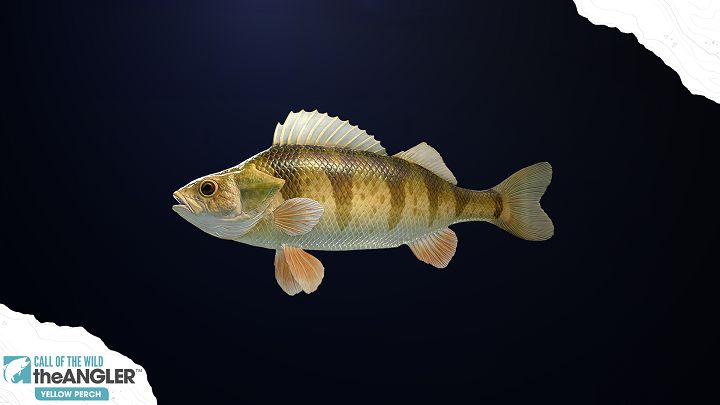
Yellow Perch is a freshwater fish found in much of North America. It is often recognized by its dark vertical stripes and golden or yellow body color. The maximum recorded overall length is 50.8 centimeters, but they usually reach around 19 centimeters. The voracious feeding habits of this species make it quite easy to catch.
- Habitats: shallow pond, deep pond, lake shore.
- Baits: red worms, leeches
- Features: bottom hunter, sun lover
1

Author: Adam Adamczyk
Has been writing professionally since 2013. In 2021, he joined GRYOnline.pl, where in addition to gaming topics, he deals with strictly technological information. Worked with the largest music stores in Poland, creating articles related to instruments and generally understood sound design. Interested in computer games since childhood. On top of that, his interests include playing the guitar, composing music, and strength sports.
Latest News
- End of remote work and 60 hours a week. Demo of Naughty Dog's new game was born amid a crunch atmosphere
- She's the new Lara Croft, but she still lives in fear. Trauma after Perfect Dark changed the actress' approach to the industry
- „A lot has become lost in translation.” Swen Vincke suggests that the scandal surrounding Divinity is a big misunderstanding
- Stuck in development limbo for years, ARK 2 is now planned for 2028
- Few people know about it, but it's an RPG mixing Dark Souls and NieR that has received excellent reviews on Steam, and its first DLC will be released soon


